Three Bearded Rockling
Three-Bearded Rockling (Gaidropsarus vulgaris)
Irish Record 3lb 1oz taken on 1.05.1990 by Maurice Laurent at Arklow.
Specimen 1.75lb, or 0.794 kilo
Identification
This specie is easily identified by a pair of extended barbules on the upper jaw and a single barbule on the lower jaw. The larger specimens are usually a variation of stunning “fire-tiger” colour, with darker, mottled spots and patches and a slightly lighter under-belly. The body is eel-like with a single, long dorsal running from the back of the head to the tail. The anal fin is also quite long. It has large eyes and smooth skin.
Where to catch
Rockling do not grow to large proportions and a two-pound fish is exceptional. They appear all round the Irish coast, in particular, amongst rock and kelp weed close to the shoreline, but can also be taken whilst boat fishing in deeper water over off-shore reefs throughout the summer months. Most that are encountered are the common shore Rockling, averaging six-ten inches in length with a dark brown-black mottled colouration.
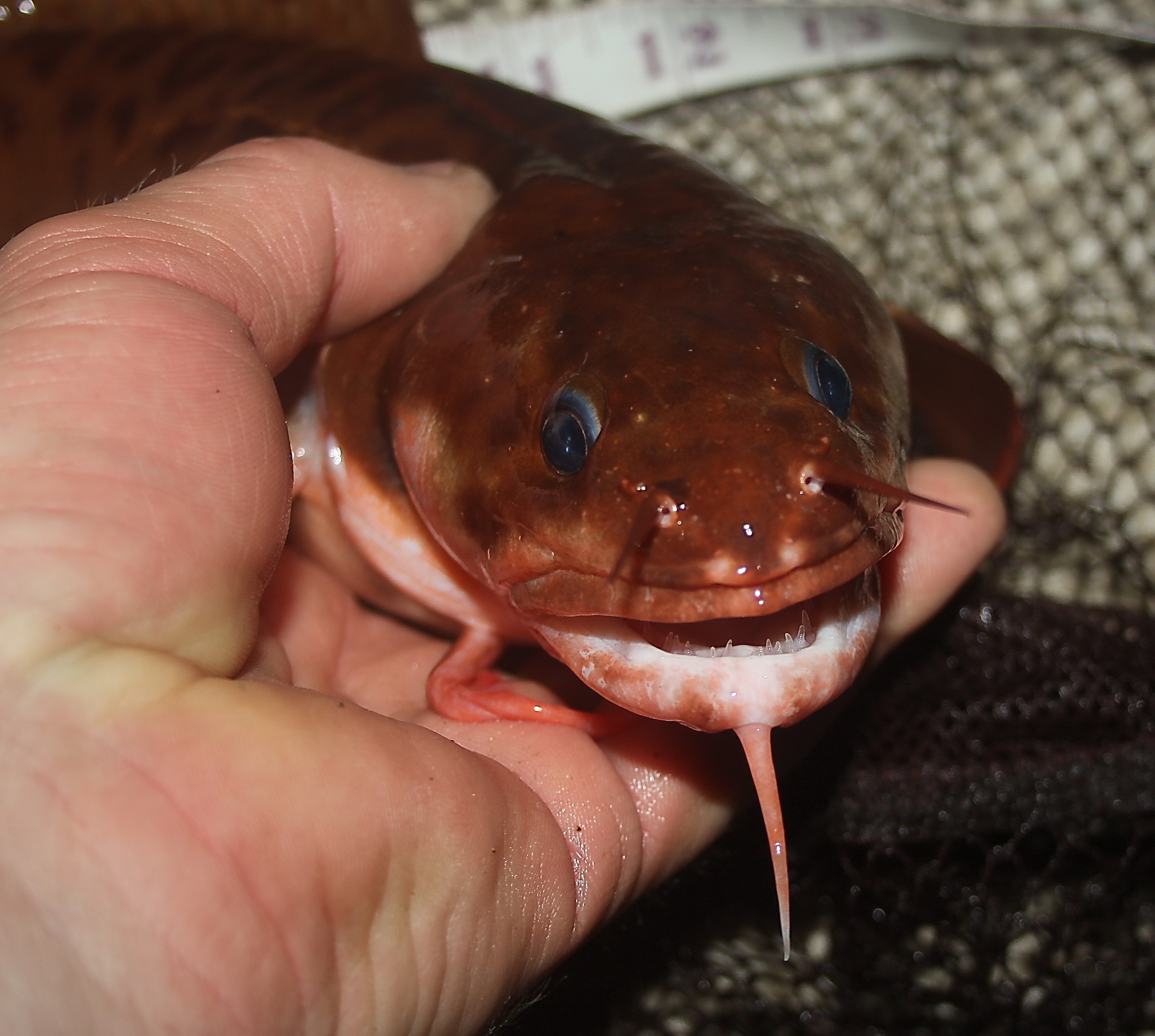
It is fair to say that Rockling are not generally sought after and offer no fighting abilities on standard beach gear, and are usually caught by accident, unless targeted by competition anglers or specimen hunters. However, having said that, they can “scrap” very well and are excellent fun on the smaller, quiver-tip style rods. For the specimen hunters out there, notable areas that have produced specimen Rockling over the last few years are Kilmore Quay in Wexford, Moneypoint (Shannon), Ramore Head in Portrush, Hook Head, Cork Harbour, Ballycotton, Ballycastle, and Bangor, County Down. These all have notable rough ground areas, an ideal habitat for Rockling.
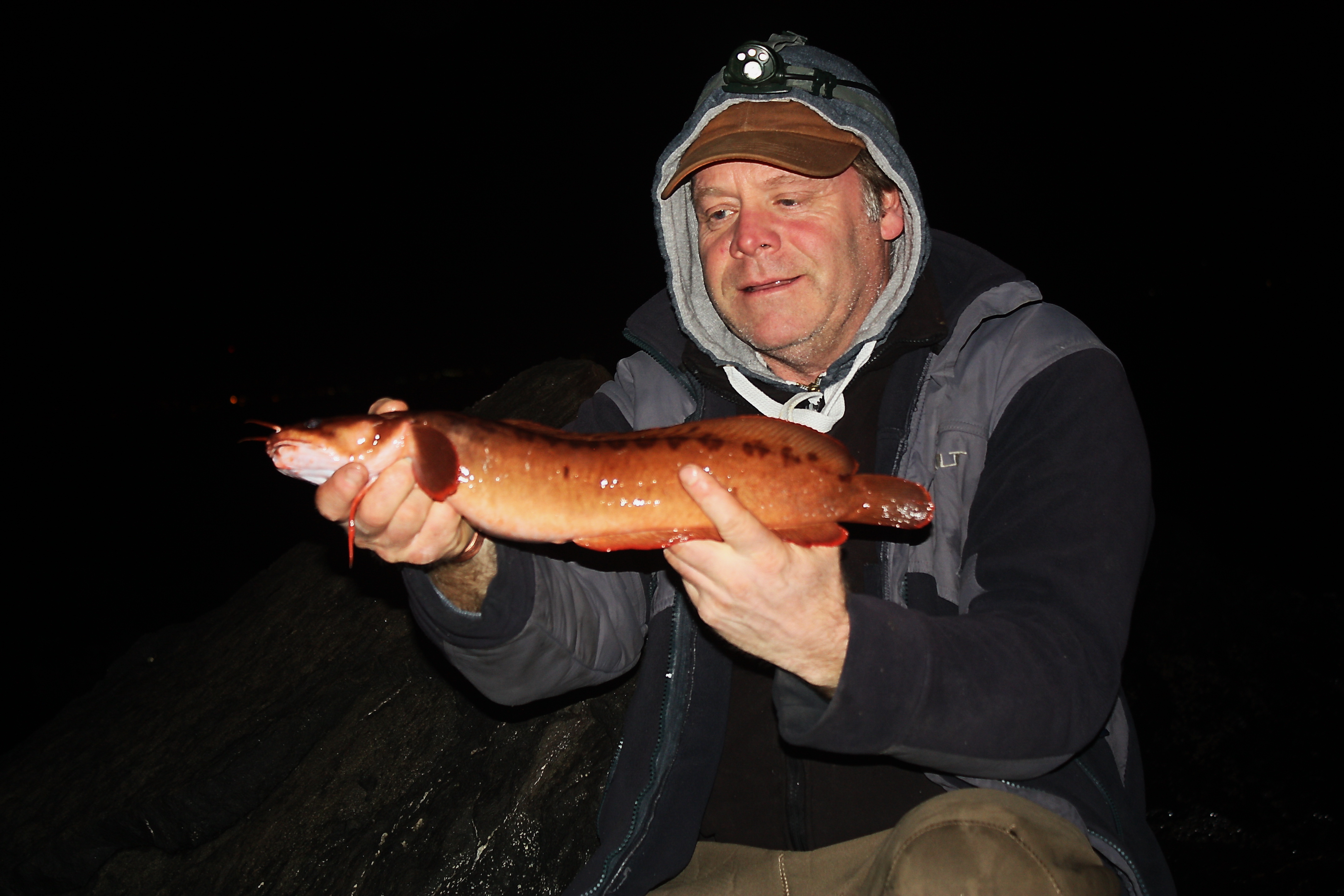
Irish Specimen Three Beard
When to catch
As with the vast majority of Irish Sea fish, the best time to target this species is from early summer through to late autumn in the deeper water and through the winter months from the shore.
Bait
Rockling are small scavenger/ predators and most fish baits will tempt this small species. Fresh Mackerel strip is favourite, fillets of Sprat, Sandeel etc, but worm baits or peeler crab work well. They are greedy feeders and will take quite a large baited hook, usually intended for much bigger fish. Any that I have taken in deeper, off-shore venues usually fall to Mackerel flappers and whole fillets intended for Spurdog!
Secure bait with elastic thread, Shore Rockling are experts at shaking bait off a hook
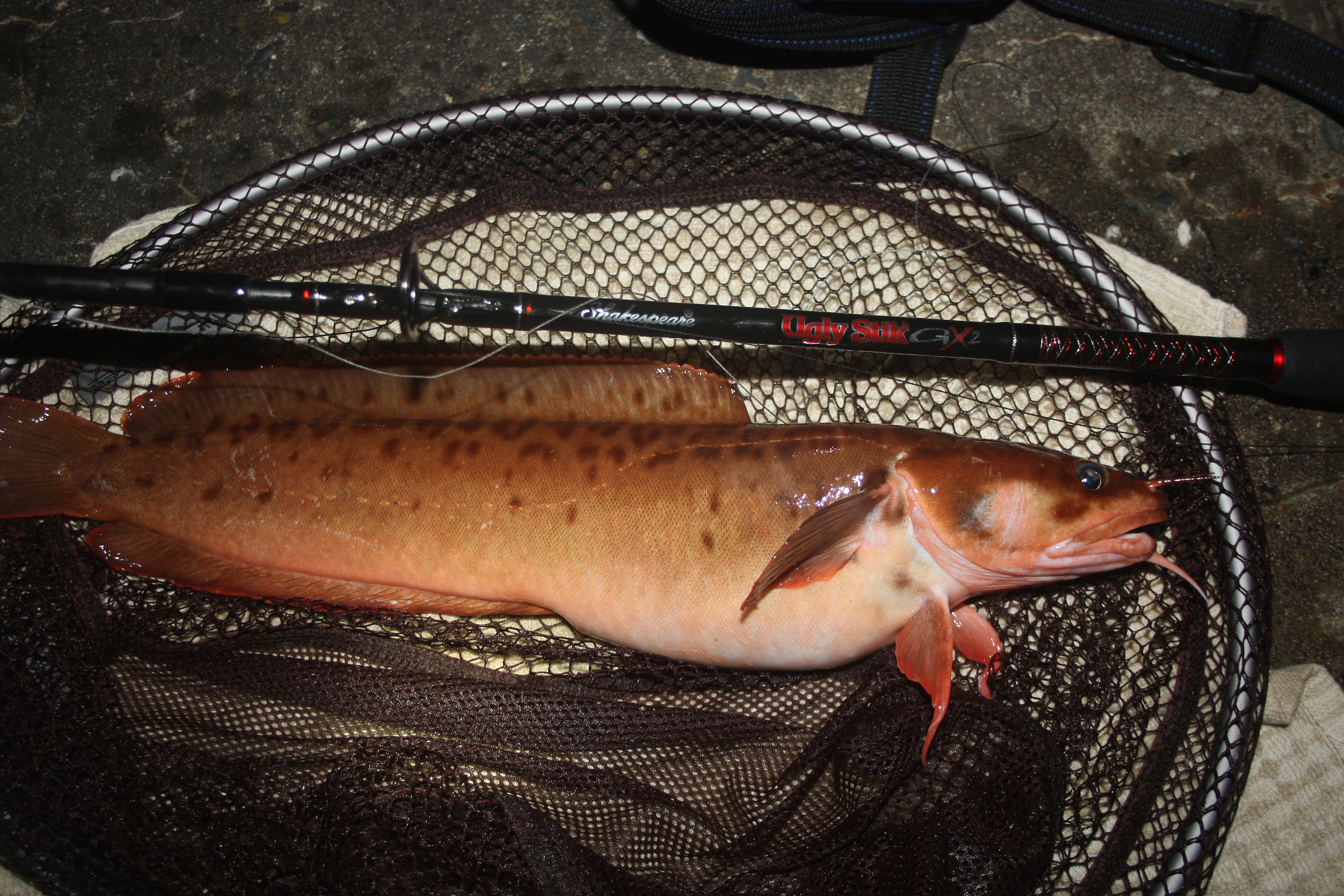
Another Irsih Specimen Three-Beard
Methods
Rockling are basically a bottom feeding fish, using their barbules and excellent eyesight to detect food or prey with great effect, therefore rigs should reflect this. As their habitat is often extremely snaggy, single hook rigs would be the wise choice, using a “rotten-bottom” weak link attachment to the lead weight. The lead weight should be thought of as “sacrificial” for the most part, so use cheap home-made leads, old spark plugs or whatever you are prepared to lose quite often. This would give the angler a fair chance of landing any fish encountered. Maybe even a “mini” pulley rig would work well to keep the lead out of trouble once a fish is hooked.
I found that “locking” the hook length between float rubbers rather than crimps allowed the snood to slip if “snagged” up. On most occasions this shook the hook free when caught on a boulder or obstruction. Every little helps, and obviously, the more time spent angling rather than re-tying a rig, the greater chance of finding your target species.
Shakespeare GX2 Kayak rod is ideal for targeting Rockling
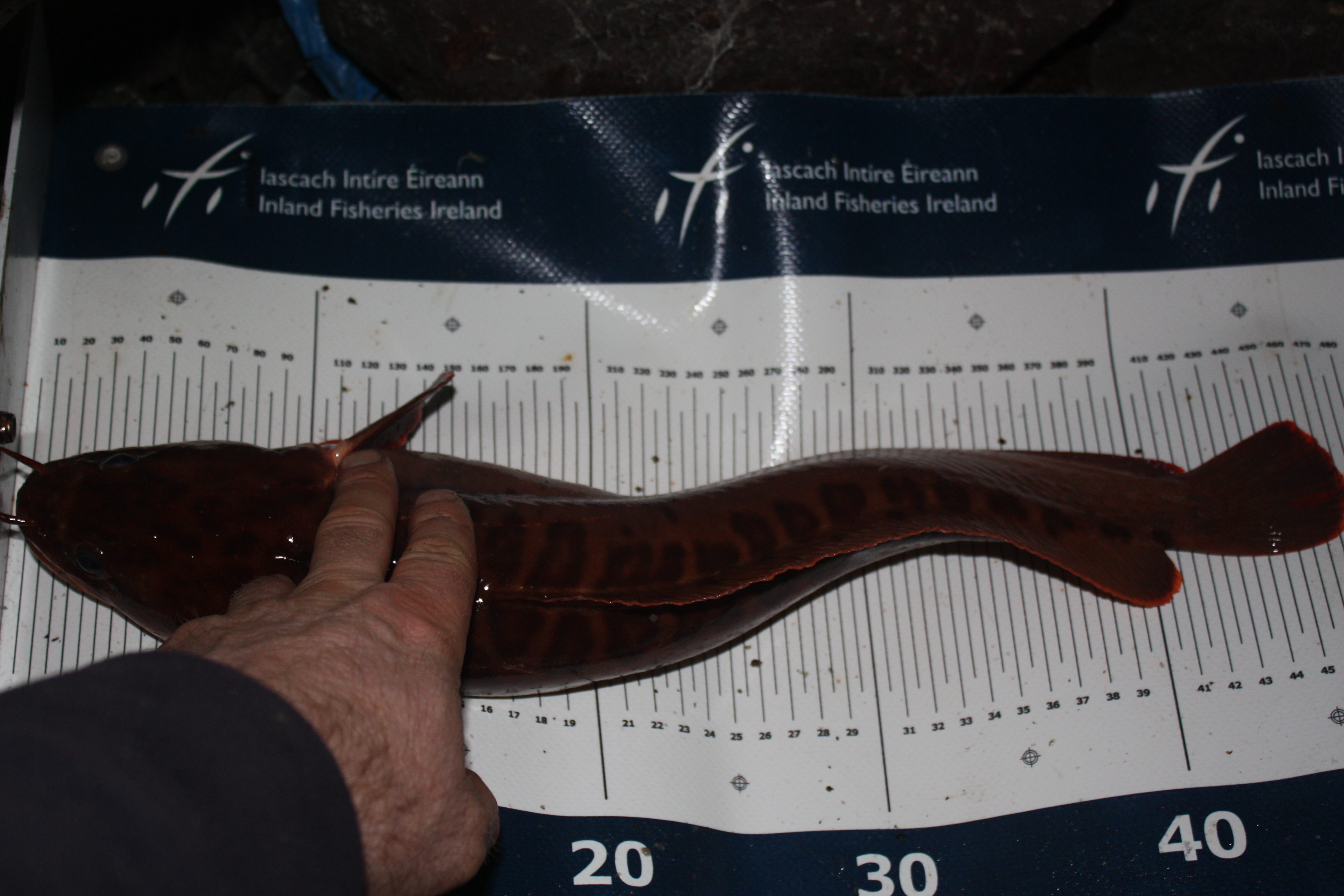
Shorter rods are a great deal easier when it comes to lowering a bait into a gulley or crevice. I made mine from a broken salmon rod, with a heavy quiver tip fitted and a cheap real seat added. Some of the modern kayak rods are perfect for this type of “close quarter” angling.
Articles
http://www.angling-ireland.com/targeting_specimen_three_bearded_rockling
http://www.angling-ireland.com/three-bearded_rockling_in_pursuit_of_a_new_species




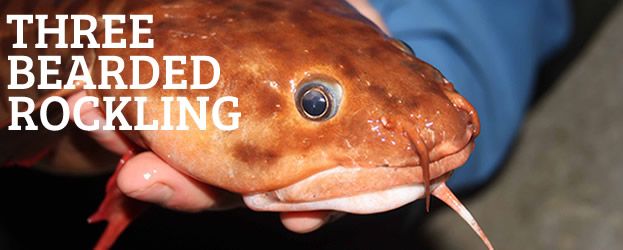
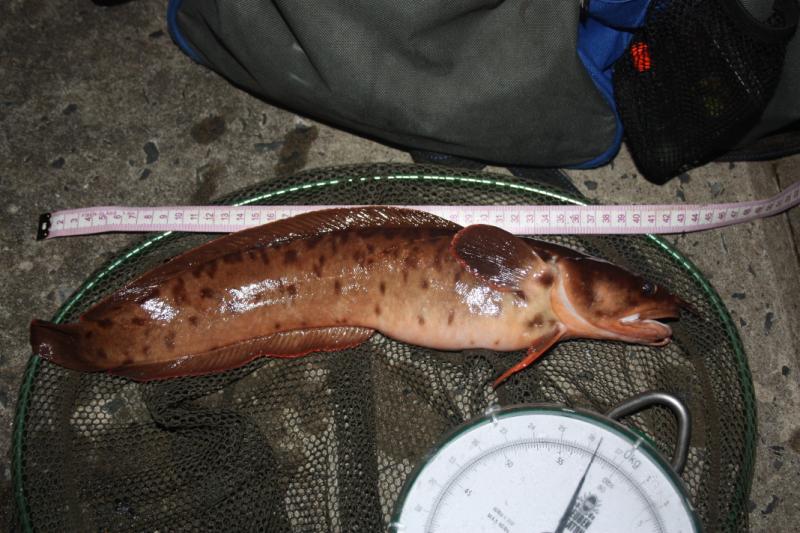
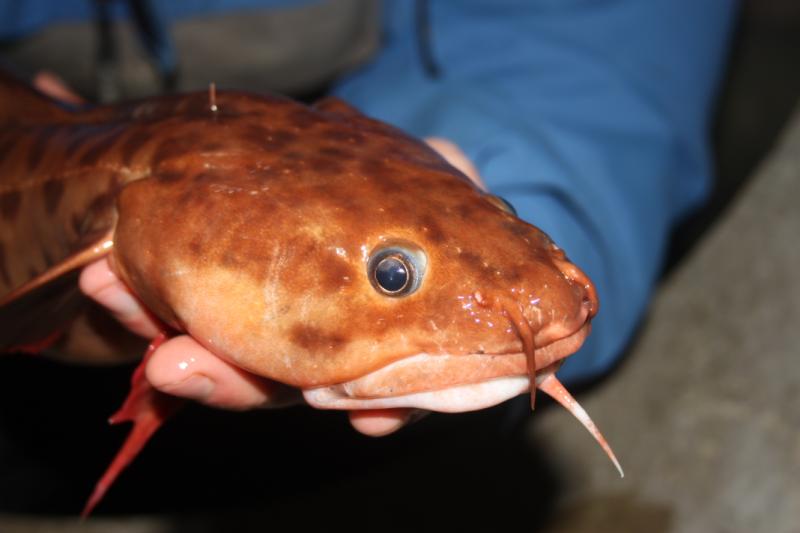
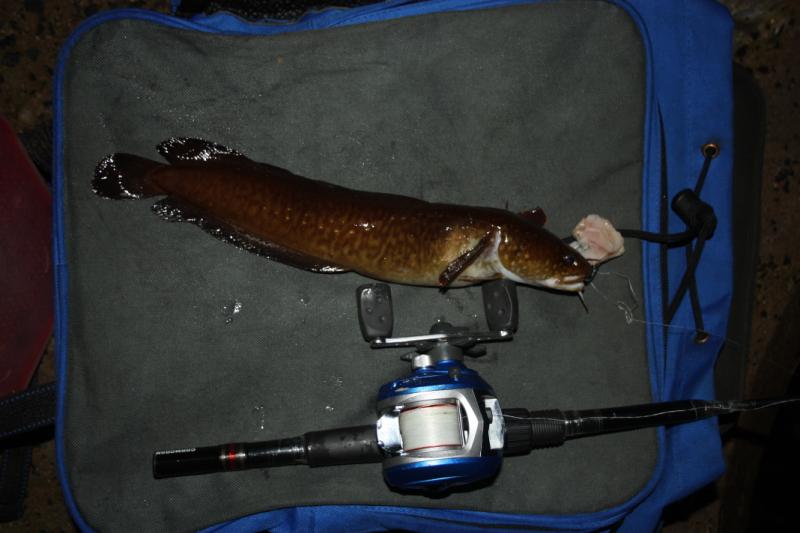
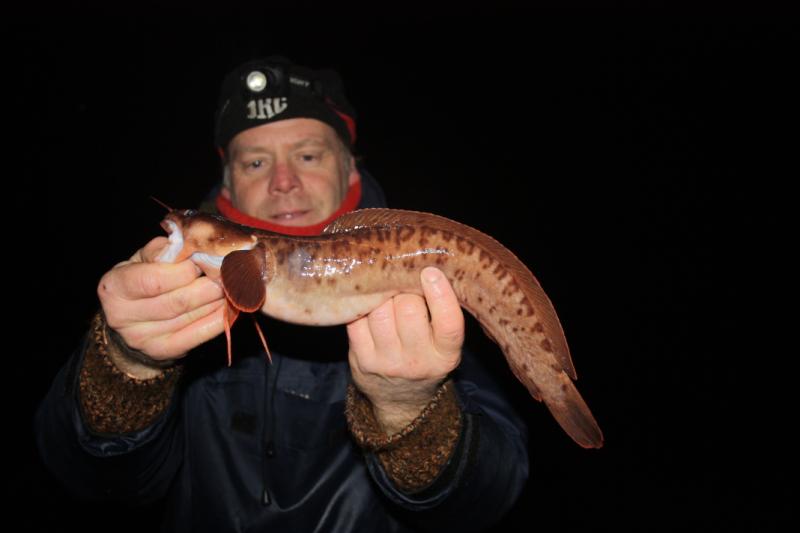
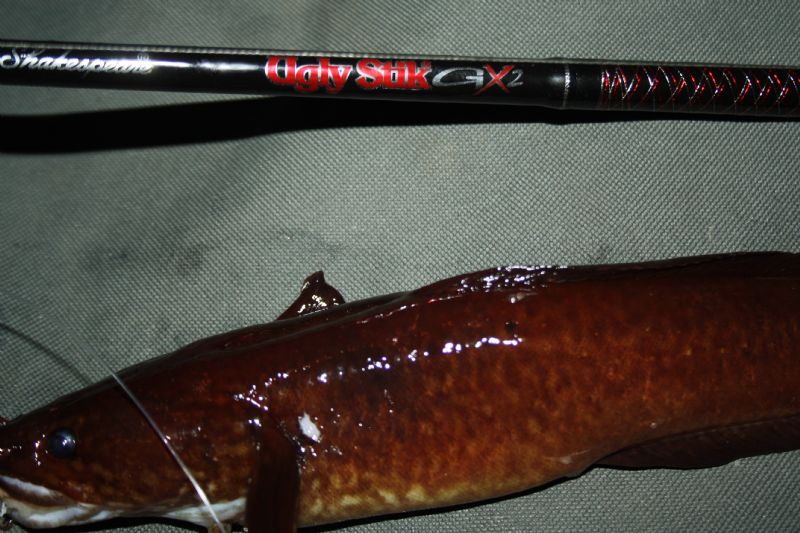
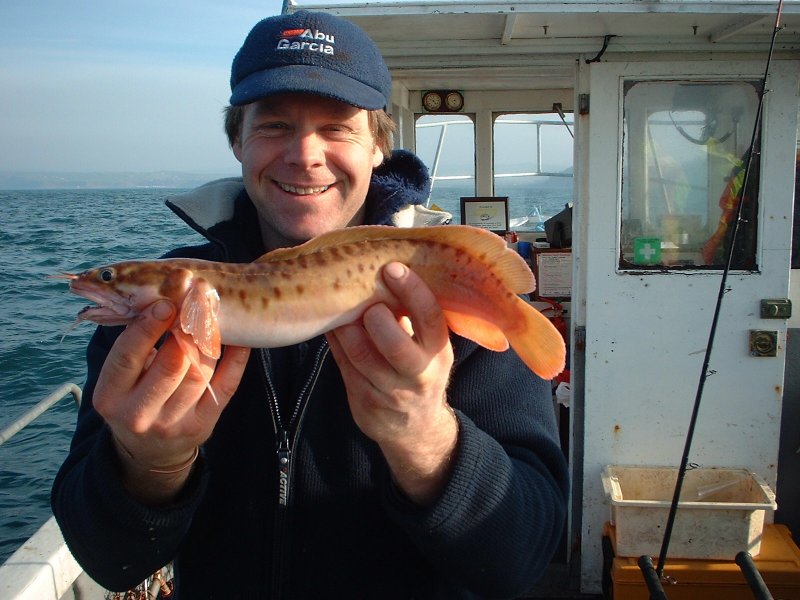
.JPG)

